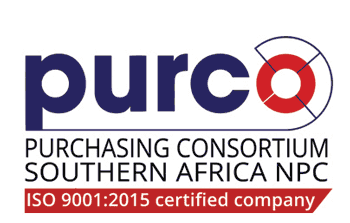Waste Management Cycle & Hierarchy
The National Environmental Management: Waste Management Act (Act 59/ of 2008) in force from 1 July 2009 prescribes a number of duties relating to the storage, collection and transportation, as well as the treatment, processing and disposal of waste. The waste hierarchy forms the basis of waste management and in its simplest form is referred to as the 3 Rs – Reduce, Reuse and Recycle. The top of the inverted pyramid is the most preferred way top deal with waste, with the bottom of the pyramid the least favourable.
In the graphic on the right "Reduce" has been replaced for extra clarification. The hierarchy approach is accepted internationally and in South Africa as a rigorous approach to Integrated Waste Management (IWM).

Management of waste at the point of generation (source)
The trend is to manage the waste cycle from cradle-to-grave, beginning with separation at source. Separation at source is an action whereby waste is separated into different waste types at the source of generation. The aim is to separate recyclables from non-recyclables, hazardous from non-hazardous into different waste fractions, which can then be taken directly to a suitable facility keeping in mind the waste hierarchy as mentioned above.
Different Waste Types
- General waste
- Hazardous waste
Different waste sources
- Domestic waste
- Commercial waste
- Institutional waste
- Industrial waste
- Mining waste
Recycling
Recycling is key to reduce the amount of waste that lands up on our landfill sites and prolonging the lifespan of our landfill sites. We need to look further than just the financial gain of recycling and also look at the environmental impact it will have on the environment.
Institutions have an added advantage to recycle because it cuts down the amount of waste being sent to the landfill and therefore the cost of disposing of the waste.

